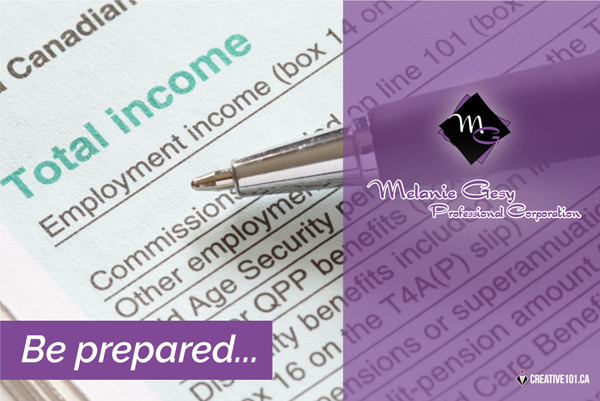MELANIE GESY NEWS

What is the Alternative Minimum Tax?
Does it apply to you?
When preparing your taxes for next year, give this some thought.
Every year, the amount of tax owed is calculated in the normal way. However, there is an Alternative Minimum Tax (or AMT) designed to make sure that high income earners do not pay little-to-no tax but instead pay a minimum. It is a separate tax calculation determined, in line with a person's regular income tax calculation. It takes out certain tax preferential items that a person may receive, which lowers their taxable income. Tax preferential means a better tax rate than on normal salary and interest income. The number they get is compared to a second calculation where you don't receive these same deductions and credits. Your tax is calculated at a lower tax rate. In most cases, the normal calculation will result in more tax owed. When this happens, you will pay the higher amount. The difference between the regular tax owed and the second calculation is the AMT.
For most Canadians, the AMT does not apply.
However, if you are benefiting from certain tax deductions or credits, you should be prepared for this tax. The AMT takes out preferential tax treatments including the non-taxable portion of capital gains, Canadian dividends, stock options benefits, qualified small business corporation shares, tax shelter losses and partnership interests. If you used these tax treatments, you may be subject to the AMT.
View this AMT, as a prepayment of future tax. You can recover the amount paid against your regular tax, over the next seven years. In order to do, you will have to be taxable in the years ahead, so if you don't have income in those years, or are not otherwise taxable, this AMT will be gone.
Planning can be done to minimize the effects of the AMT. We can help you figure out your plan so you won't get a big surprise at tax time. If you have any further questions about this AMT, contact Melanie Gesy Professional Corp.

